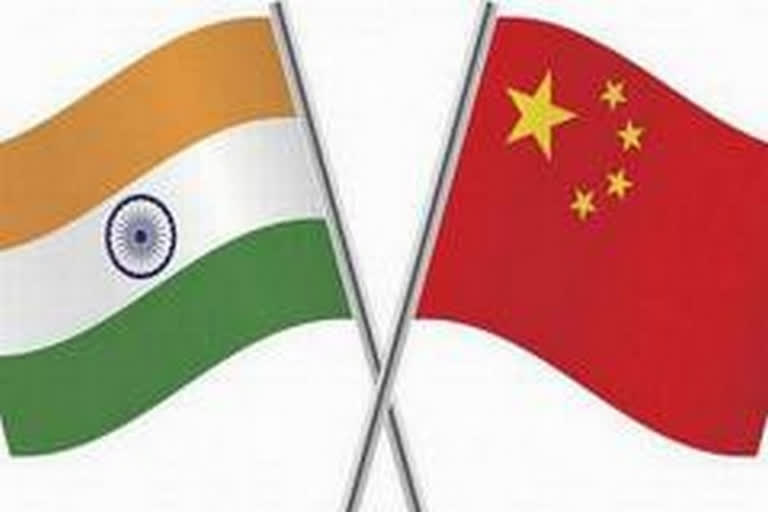Washington: Chinese aggression to desperately annex the border territories claimed by India along the Line of Actual Control (LAC) through brazen actions has only provoked India to either lump its losses or escalate the tension through force if the ongoing army-level negotiations between the two neighbours yield meagre results, a Washington-based think tank has said.
"The current Sino-Indian border crisis has revealed that China has little respect for India's long-standing efforts to freeze the status quo along the two countries' disputed frontiers or for New Delhi's cautious efforts to avoid the appearance of balancing against Beijing," Carnegie Endowment for International Peace said in its report.
"Rather, treating India's internal actions regarding Jammu and Kashmir as a provocation, it has chosen to expand its control over new parts of the Himalayan borderlands through brazen actions that confront India with the difficult choice of either lumping its losses or escalating through force if the negotiations presently underway yield meagre returns," it said.
According to the report by the think tank, by so doing, it has forced India to join the rest of Asia in figuring out how to deal with the newest turn in China's salami-slicing tactics, which now distinctively mark its trajectory as a rising power.
The disputed territories along the Indo-China border did not hold a continual Chinese presence until in January 2020 when Beijing started making a motorable road in Pangong Tso, and in the Galwan Valley, where it is reportedly building bunkers and barracks.
Even if China withdraws as a result of successful Indian negotiations, the new infrastructure it has created would likely survive as a ready asset to be utilized in some future contingency, the think tank said.
Read more:India demands China to remove its troops, structures from Pangong Lake
The Chinese military now appears to have occupied some 40-60 square kilometres of territory claimed by New Delhi in these areas, as per reports cited by the think tank.
The current crisis unfolding along the LAC appears on one level to be a continuation of the trends witnessed in foregoing years. But this time, there is one important difference: unlike the discrete and geographically localized confrontations of the past, the latest encounters are occurring at multiple locations along the LAC in Ladakh in the eastern section of Jammu and Kashmir, which suggests a high degree of Chinese premeditation and approval for its military's activities from the very top.
Also, the current Chinese efforts to suddenly seek physical control over new locations in the Himalayas have been widely attributed to the general increase in Beijing's friskiness in the aftermath of the coronavirus pandemic, the think tank noted.
According to this reading, signs of new Chinese aggressiveness along the Sino-Indian border is all of a piece with the new security law Beijing has enacted to control Hong Kong, the enunciation of new administrative structures in the South China Sea, and the new language on Taiwanese reunification used during the May 2020 National People's Congress plenary session in Beijing.
"In other words, China is pushing back on all fronts to signal resolution when there is widespread international dismay about its contribution toward the spread of the pandemic. There is a danger, however, in conflating coincidence with causality where the current Sino-Indian crisis is concerned: China's aggressiveness in the high Himalayas is qualitatively different from the other developments exemplifying increased Chinese assertiveness," the report said.
China's territorial disputes with India in Ladakh date back to the modern founding of the two countries. And Beijing's claim lines have shifted west on at least two occasions, each involving demands for additional territory amounting to many thousands of square kilometres.
From the early 1990s until as recently as the 2018 summit in Wuhan between Chinese President Xi Jinping and Prime Minister Narendra Modi, a series of agreements and understandings have been negotiated. These measures were intended to prevent violent conflict at the LAC in order to give political authorities on both sides a chance to resolve the border dispute through negotiations, which would, in turn, permit the delineation of a single common boundary between the two rivals.
Also read:PM Modi not in 'good mood' over border row with China: Trump
(With inputs from ANI)
